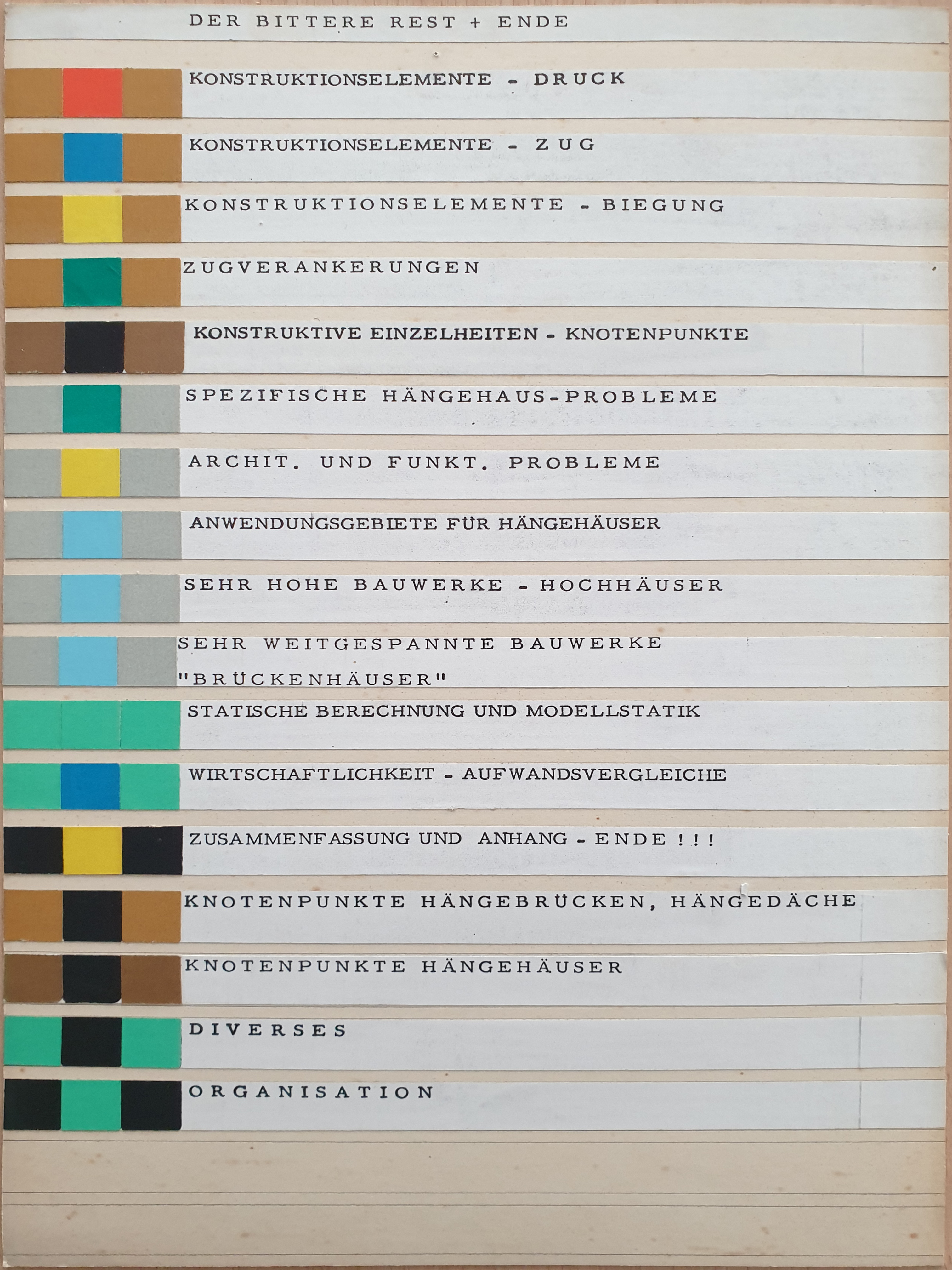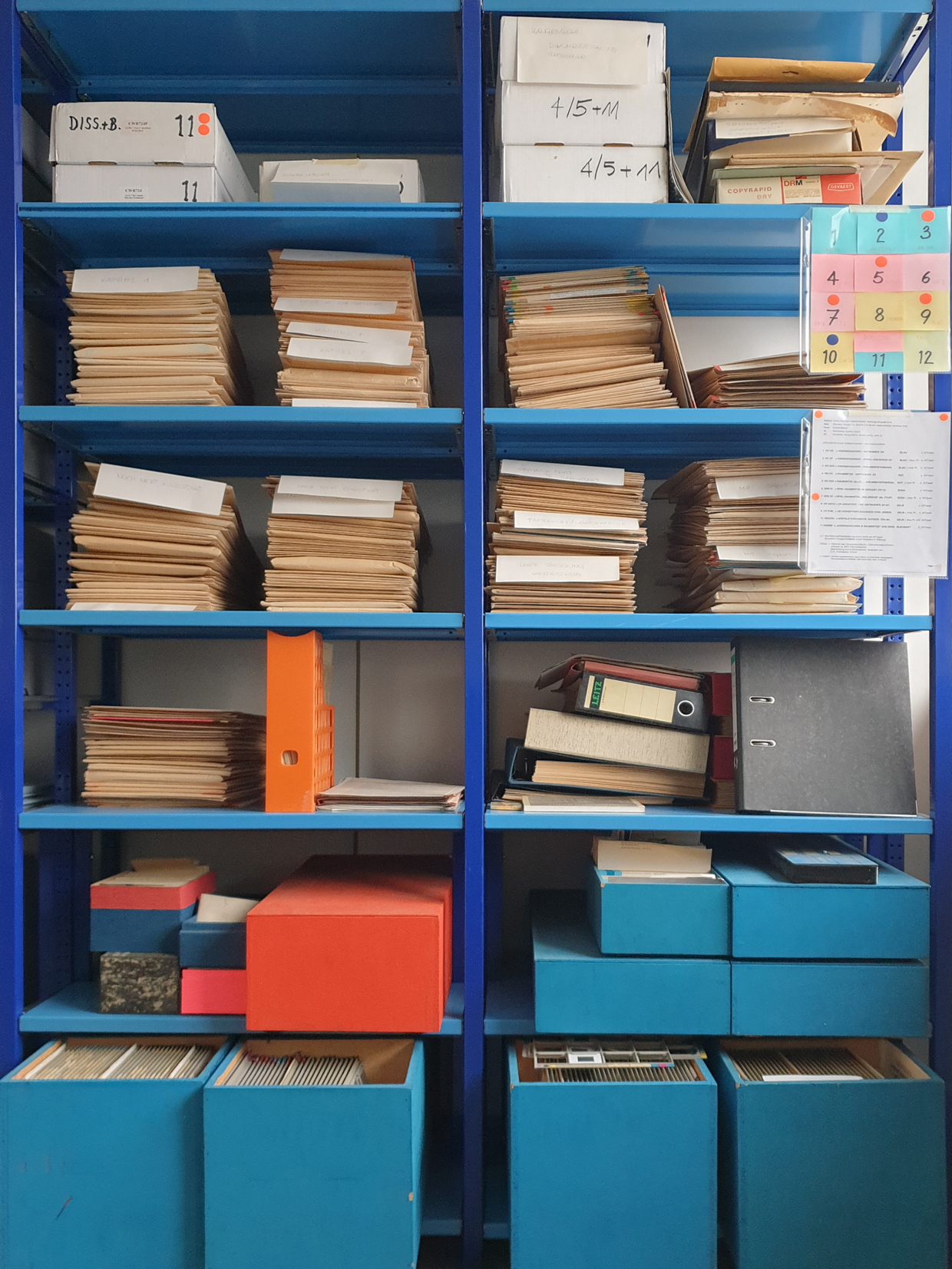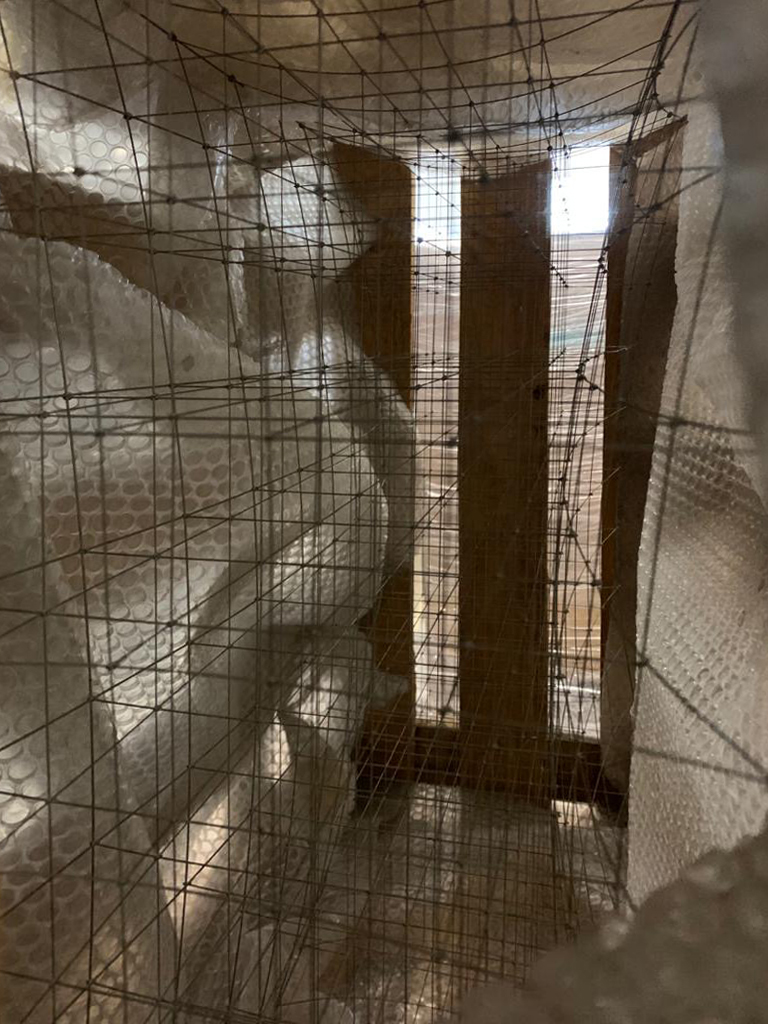Werkarchiv Conrad Roland - Hanging Houses and Spatial Networks and the Categorization of Architectural Knowledge

How can the multi-layered legacy of a visionary architect be systematically recorded? This question is the focus of a research project by the Archive for Architecture and Engineering | saai at KIT in cooperation with the Wüstenrot Foundation. The project examines the extensive estate of Conrad Roland and offers deep insights into the work of archives and the scientific research process.
Conrad Roland, an internationally active architect and engineer, is best known for his innovative rope net constructions, which found worldwide distribution in the form of popular playground equipment. But his legacy goes far beyond these well-known climbing nets: from visionary high-rise suspended structures to experimental spatial rope nets, Roland radically challenges conventional architectural concepts. He structured his research work with the help of a specially developed, color-coded classification system. The question of how his matrix can be integrated into the existing archive organization thus becomes the content of the research itself and raises fundamental methodological questions about archiving.
The project, the first phase of which runs from September 2024 to February 2025, focuses on the conservation, sorting, overview and digitization of selected documents, with the aim of comprehensively digitizing the entire estate in the long term in order to make Roland's work accessible for the discourse on architectural history and theory. In addition to providing a comprehensive overview of his work and its historical relevance, the aim is to identify links to current interdisciplinary discourses.
The research project thus not only offers new insights into Conrad Roland's work in the context of its genesis, but also valuable perspectives on the methodological challenges associated with archiving and processing such complex estates.



